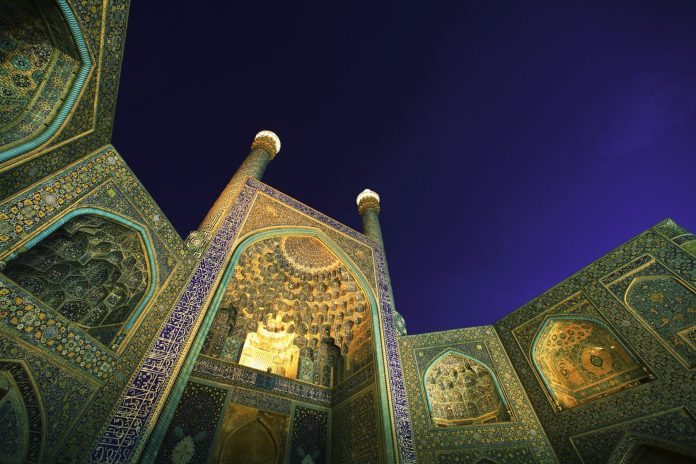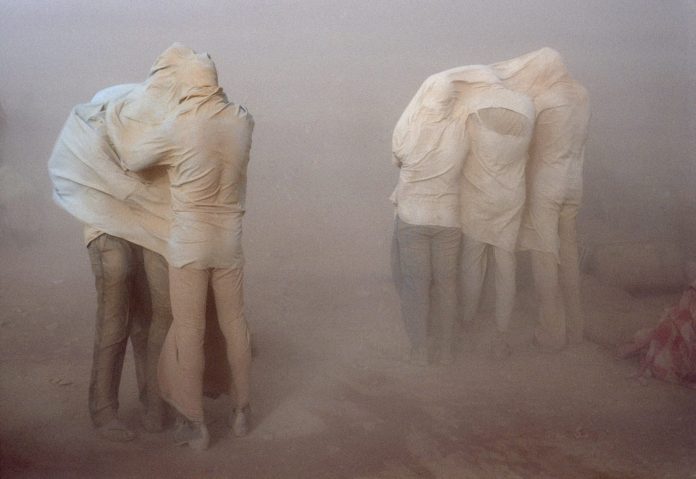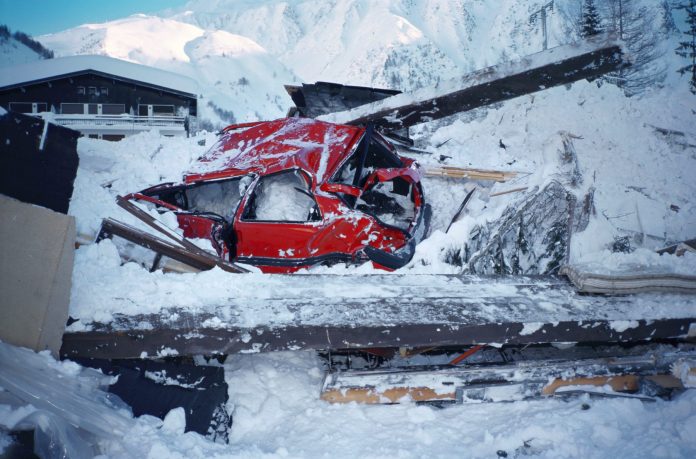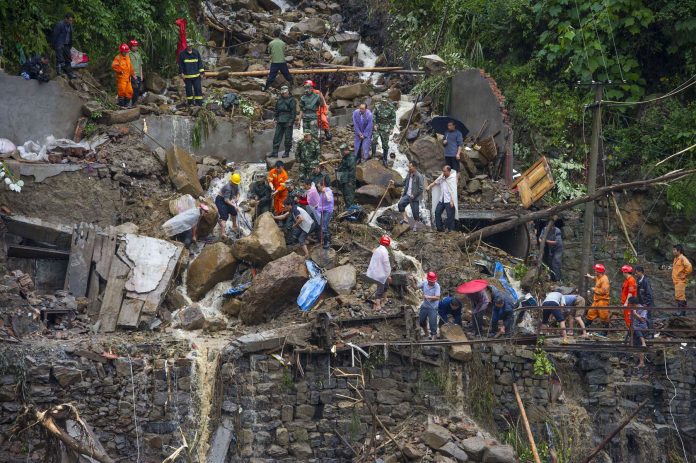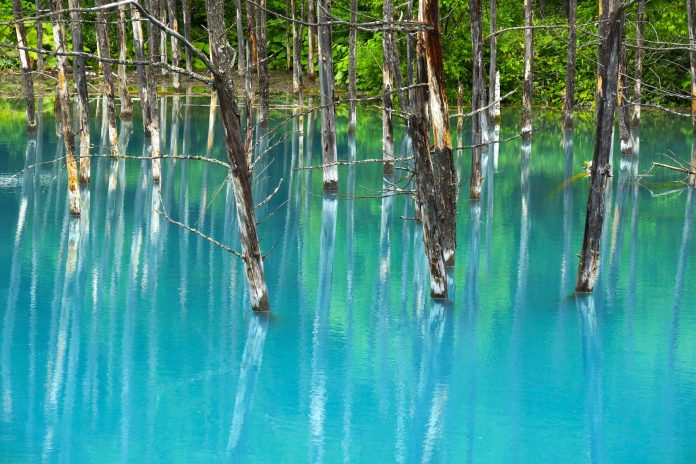The False Scorpion
Looking somewhere in between a spider, a lobster and a roach, the pseudoscorpion is the stuff of nightmares.
Fragments of Heaven
The breathtaking beauty of ancient mosaics is as unique as it is stunning. Not only does a mosaic make for a grand overall picture, look closely and you will find that each tile is a miniature work of art in itself – some no bigger than a few millimetres across.
Powder Blizzard
Earth’s dust dynamics are a complex and poorly understood part of our natural world, and dust storms are merely the most noticeable phenomena.
Landslides: Inevitable Gravity
What goes up must come down. All of the massed materials in and on the hills and mountains of our planet are constantly yearning to give way.
Nature’s Lightning Shows
A photographer from Darwin sets off on a mission to record the beautiful and frightening spectacle of dramatic thunderstorms in all their glory.
The Great Flood
Legends and stories of waters rising high and deluging the lands are recorded and passed down through the generations by a number of cultures across Asia.
No One’s Fault (and Everyone’s)
Kashmir's worst earthquake claimed 87,350: sub-standard construction, less than rigorous disaster planning and stalled rescue attempts all took a fatal toll.



